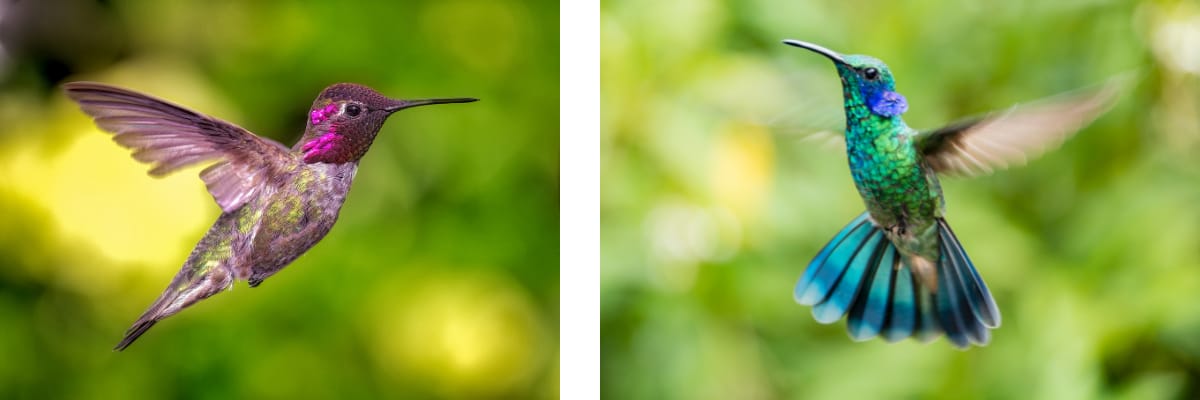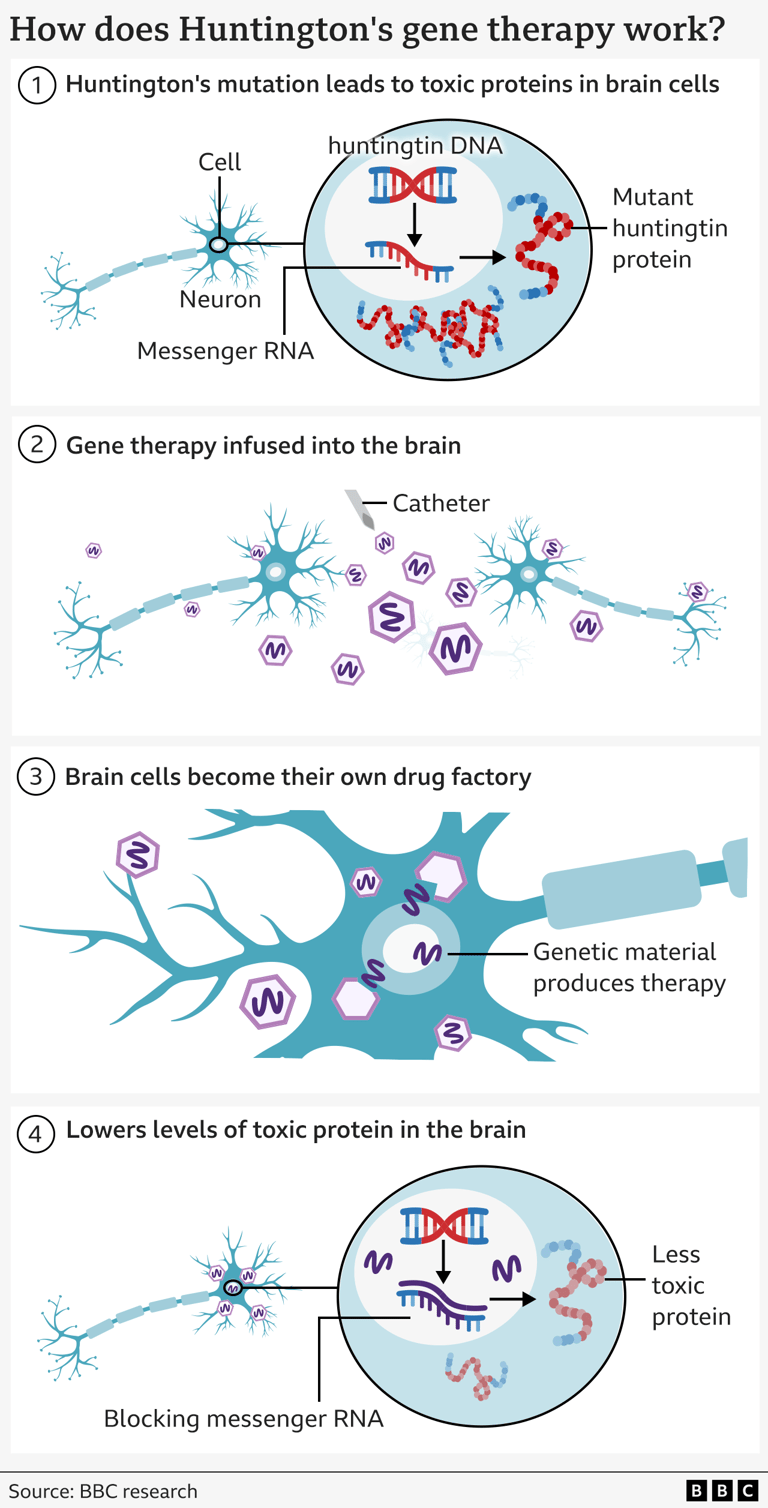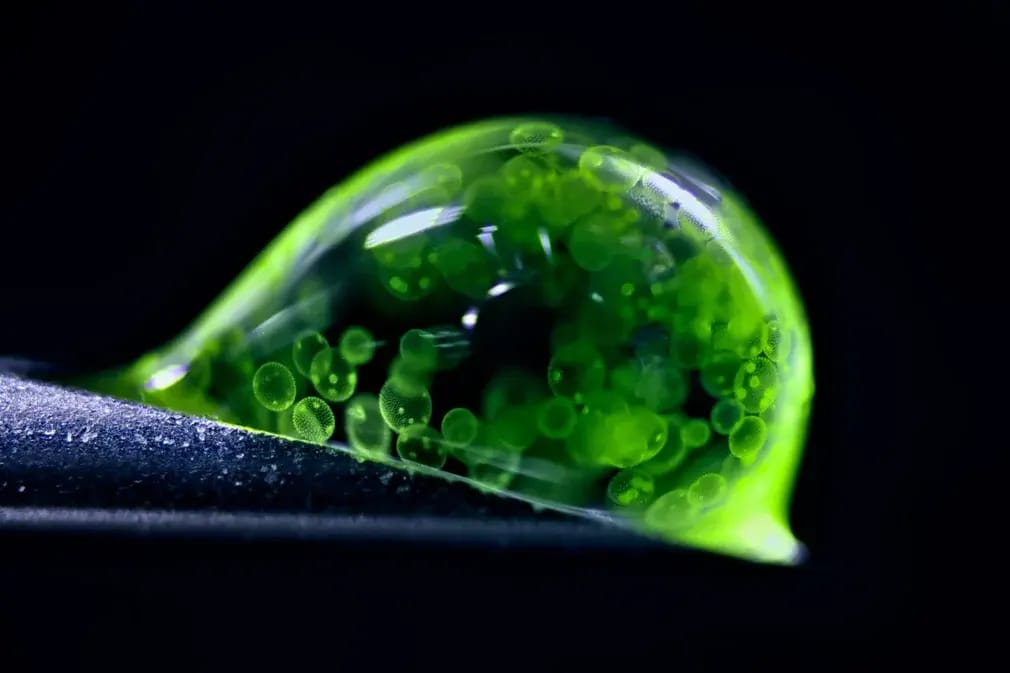In this week's letter: 🔎

5 Facts: Hummingbirds Edition! 🐦
How much do you know about our smallest flying friends? Here's some amazing hummingbird facts:
🐦 They are the smallest migrating birds in the world. In total, there’s more than 350 species of hummingbirds. The smallest, the Bee Hummingbird (found in Cuba), is just 2 inches long and weighs less than a dime! The hummingbird with the longest migration is the Ruby-throated Hummingbird, which migrates 3,000 miles from Central to North America every year!
🐦 They can beat their wings incredibly fast, up to 80 times per second. That's 4,800 beats per minute!
🐦 Because hummingbirds are so small and active, they have the highest metabolism of any bird species. They eat every 10-15 minutes, and will visit up to 1,000 flowers a day. In fact, they eat up to 8 times their body weight in nectar every day - that's like a 150-pound person eating 1,200 pounds of food!

Hummingbirds are colorful due to something called iridescence: their feathers have specialized, hallow structures which interact with light to make their feathers look like they shimmer!
🐦 They have no sense of smell. Instead, they're attracted by colors (especially reds)! They also have an amazing memory and know where to find food by remembering every flower they've visited.
🐦 Not only are they the only bird that can fly backwards, but they can also hover, fly sideways, and even fly upside down! Talk about some trick flying!

A Common Ancient Language? 💬
Do Hindi, Greek, and English all come from the same source?
While languages often borrow words from one another, linguists now believe that many modern languages are actually much more closely related than previously thought.
They now believe that many of our modern languages (including Sanskrit, Hindi, Persian, Kurdish, Greek, Latin, Spanish, Italian, English, Dutch, German, Russian, Welsh, Armenian, and Albanian) all trace back to and are derived from a single ancestral language (called the Proto-Indo-European language, or PIE) that was spoken in Europe and Asia 8,000 years ago.

Some modern languages that may have come from a common ancient language.
To get to this conclusion, linguists looked at similarities between these languages (and even compared with some that have disappeared but still exist in written records, like the Hittite language). Based on their findings, they created a timeline of when many of our modern languages might have branched out.
Linguists are also studying the PIE language to learn more about what this ancient people’s culture and world might have looked like (so far: they were agricultural, good with animals, and religious). This work is still ongoing, but it’s interesting how our modern languages can give us clues to our past!
Source: The Conversation

In the News: Treating Huntington’s! 💉
Huntington’s disease is a devastating genetic disease that, to this point, has no cure. It’s caused by a DNA mutation which causes toxic, mutated proteins to accumulate in the brain and cause damage and cell death. Patients experience loss of motor skills, mood changes, dementia, and eventually death.
Excitingly, the Dutch company uniQure recently announced a new gene therapy which gives the patient’s cells new genetic instructions to stop producing the mutated protein. Their drug significantly slowed progression of Huntington’s disease in 75% of patients after just one dose, potentially extending their quality of life by decades! This is a major breakthrough and could also open the door for new ways to tackle other previously untreatable diseases like Parkinson’s!

Sources: New Scientist | BBC
Picture of the Week: Green Algae & Polka-dotted Zebra! 🏆🦓

This picture from Dr. Jan Rosenboom won second place in the 2025 Nikon Small World competition! It shows spherical colonies of Volvox algae in a drop of water. Even the smallest parts of our world are colorful and beautiful!
Source: The Guardian

Bonus: have you ever seen a polka-dotted zebra? 👀
Source: Wildest Official
Answer to the trivia: Blue whales and sperm whales can hold their breath up to 90 minutes, and elephant seals can hold their breath up to 2 hours. Sea turtles take the cake though! One sea turtle was recorded holding its breath for 7 hours! You can read more about it here: Sea Turtle Status
